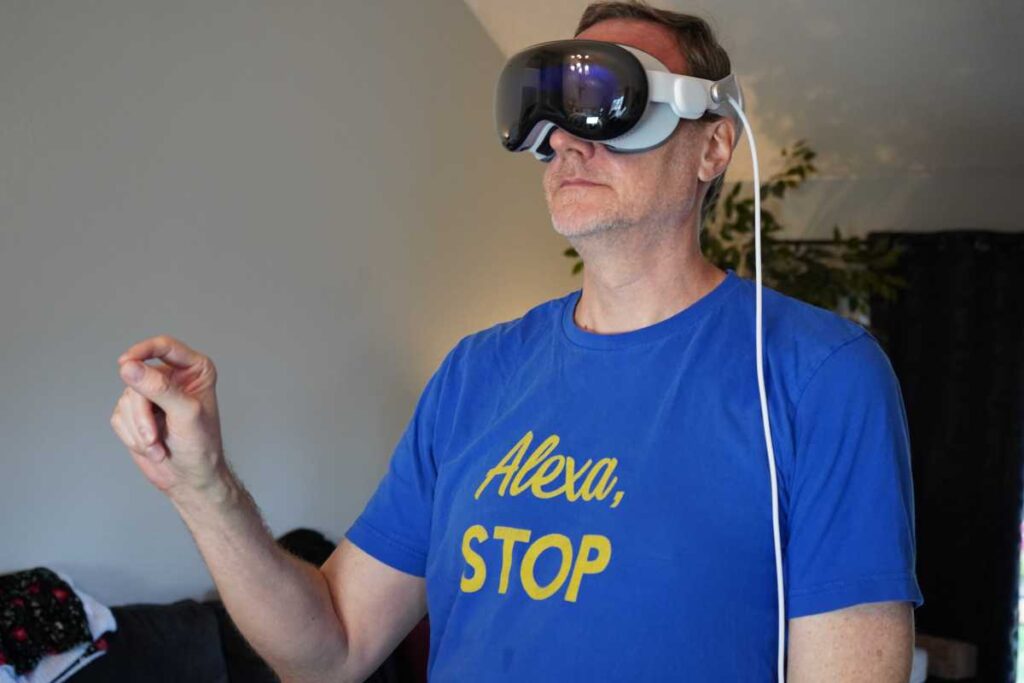Apple’s struggles to cut price of Vision Pro successor could bring key feature cuts

Having launched earlier this year with an eye-watering $3,499 price tag, Apple’s Vision Pro headset hasn’t shifted a lot of units… and was never really expected to, given its obviously limited budgetary appeal. In the long term, however, Apple wants to target more mainstream consumers with its spatial computing platform, and that means finding a way to get the price of the headsets down.
Right now, the priority of Cupertino’s Vision Products Group (VPG) is to develop a cheaper successor to Vision Pro, currently codenamed N107. But a new report from Bloomberg reporter Mark Gurman reveals the difficulties which VPG has been grappling with to make that product a reality and the slow pace at which future Vision products are likely to launch.
In a nutshell, the issue is that Vision Pro is expensive with good reason: it’s an exceptionally well-specced piece of hardware packed full of premium cutting-edge tech. And compromising in any of the obvious areas will result in significant reductions in the quality of the user experience, which sits at the heart of how Apple hopes to convince people to make the intimidating move into spatial computing. Gurman refers to these decisions as “difficult trade-offs.”
Apple may need to dial back the quality and features in Vision Pro’s successor to bring the price down.
Foundry
Apple, for example, could entirely remove the EyeSight exterior display, but that would mean losing the feature that shows users’ eyes to other people–an imperfect but important measure to combat the potentially antisocial nature of fully enclosed headsets. Or Apple could dial back the power of the processor or the quality of passthrough visuals, each of which would make for a less immersive and compelling experience. And while the price would be lowered by these steps, it would still likely cost multiples of rival devices (“At $1,500, the product would cost three times as much as rival devices from Meta,” Gurman calculates) while no longer offering the state-of-the-art setup of Vision Pro.
Alternatively the device could have a narrower field of vision, or be tethered to a companion iPhone or Mac. Neither of those changes sound appealing, but they’re both approaches currently being taken with prototype units at Cupertino.
And this is the conundrum Apple faces. With Vision Pro, the company is trying to sell the future, but the only way it can come close to delivering an approximation of that future using today’s technology is by spending big on the very best components. Spatial computing isn’t really ready yet, but it will only become ready if customers show an interest and investors put money behind the concept. And to generate customer interest, Apple needs a compelling offering now.
For the lower-cost version of the headset, “now” is simply too soon. Apple hopes to bring Vision (minus the Pro) to market at the end of 2025, still 18 months away, and plans may have to change between now and then. If that sounds distant, keep in mind that the high-end successor to Vision Pro (codenamed N109) isn’t expected to arrive until the end of 2026 at the earliest. And Gurman reckons the rumored 2027 launch of Apple’s slimline augmented reality glasses is overly optimistic.
Apple is playing the long game, in other words. But it has to hope the market doesn’t turn to rival offerings in the meantime.
Virtual Reality




